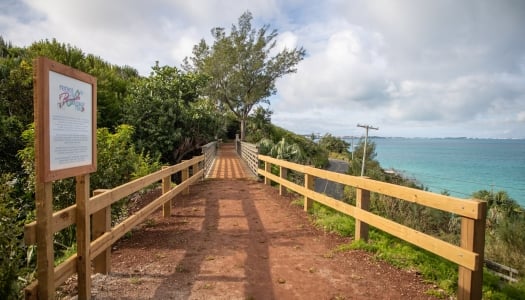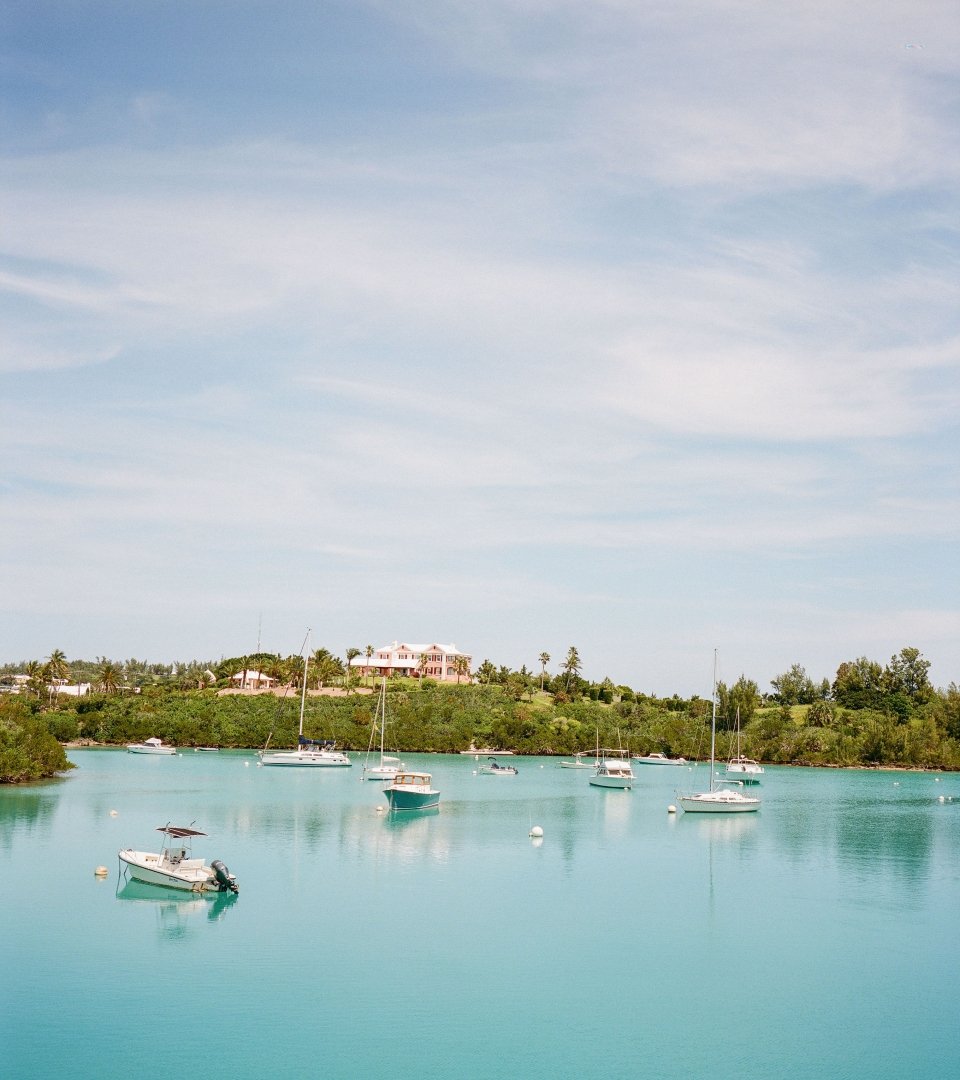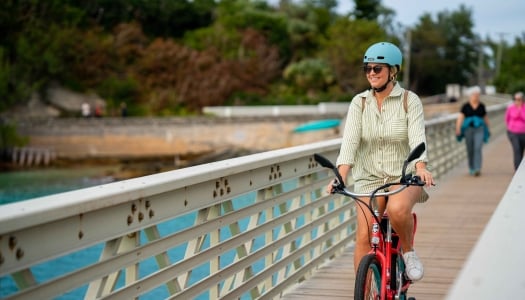The Story of Bermuda's Railway Trail
In the early 1900s, people got around Bermuda the same way they’d been getting around for centuries: on foot, on horses or by boat. But for a brief period, trains came to the island, laying the foundation for what has become today's meandering island-wide trail.
- Natural Wonders
In the early 1930s, Bermuda welcomed its very own railway. But at just 21 square miles and a population of 20,000, why would the island need a railway to begin with?
In the early 20th century, while other parts of the world were preoccupied with cars, Bermuda made a big decision. With the intention of preserving its peaceful, otherworldly ambiance – an attractive factor for visitors and locals alike – Bermuda banned automobiles between 1908 and 1946.
That left the island with a bit of a problem. If there were no cars, how would visitors be able to experience all that Bermuda had to offer in a convenient fashion? The Bermuda Railway was the answer.
“Old Rattle and Shake”
After almost a decade of planning and setbacks the railway was finally ready to roll on October 31, 1931. Nicknamed “Old Rattle and Shake,” the train ran from St. George's Station in the east to Somerset Station in the west.
It was a bit bumpy, but it was also a lot of fun. The railway spanned the island end-to-end, winding from rugged rocky coastlines to breathtaking backcountry greenery, and provided easy access to such attractions as the Crystal Caves and Gibbs Hill Lighthouse.
The Bermuda Railway was popular with locals and visitors – maybe too popular. In 1945, the railway carried 1.5 million passengers, but the costs associated with upkeep meant that it continually lost money. So in the spring of 1948, the Bermuda Railway took its last ride.








